FS Colour Series: Fog inspired by El Lissitzky’s Metallic Sheen
Whisperingly light with just a hint of warmth, FOG linen’s pale grey formed a glistening, metallic sheen throughout El Lissitzky’s paintings and prints, speaking of his awe and wonder at the dawn of the machine age. A utopian idealist at heart, Lissitzky was a leader in the Russian Constructivist movement, believing the clean lines, geometric shapes and pared back colours of his art could merge utilitarian, industrial design with art, breaking down barriers in the true spirit of Communism. “The artist constructs a new symbol with his brush,” he wrote, “it is a symbol of a new world, which is being built upon and which exists by way of people.”
Born in 1890 in Pochinok, a small, Jewish-populated town in the former Russian Empire, Lissitzky’s family later moved to the town of Vitebsk, before spending 10 years with his grandparents in Smolensk, near the Belarusian Border. A highly skilled draughtsman from a young age, Lissitzky was mentored by local Jewish artist Yehuda Pen, who encouraged his drawing and painting skills. Hoping to enter design school, Lissitzky was rejected from the St Petersburg Academy due to anti-Semitic law, so instead he travelled to Germany, where he was able to gain entry in the University of Technology in Darmstadt to study architectural engineering.
Lissitzky’s training was driven heavily by drawing, allowing him free reign to explore colourful illustrations of buildings, landscapes and cities with delicate watercolour washes. When the war broke out in 1914, Lissitzky was forced to leave Germany, completing his studies in Latvia before returning to Russia. Taking on teaching work at Marc Chagall’s art academy in Vitebsk put Lissitzky in touch with various leading artists including Kazimir Malevich, who introduced him to Constructivism and Suprematism, art languages exploring abstract, geometric shapes and free-floating space.
By the 1920s Lissitzky had adopted the Constructivist and Suprematist styles, which he merged with his own socialist, political ideals. In a bid to individuate from other artist following the same style, Lissitzky developed his ‘Proun’ series (an abbreviation for Project for the Affirmation of the New), a celebration of his deeply held connection with new technology, architecture and the Modernist city. His Proun paintings, drawings and prints were defined by free-floating, weightless architectural forms, creating an idealist, utopian vision of the future.
In the oil painting Proun 4 B, 1920, a subtle, warm grey backdrop becomes the setting for floating, angular forms that interrupt and intersect one another in a tightly networked design, while tiny strands of red break apart the scene. Lissitzky’s prints, such as Proun 2B, 1919, are streamlined and minimal, a careful balance of tonal variations and textures that create the illusion of movement and space. In the top right, a shard of grey-ochre brings just a hint of depth into the scene, adding richly atmospheric density and weight.
Ochres are more pronounced in the mixed media Proun, 19D, 1922, where a deliciously rich circle of warm yellow seems to cast syrupy, golden light across the rest of the scene, infusing saffron tones across all the other colours around it, like a cityscape caught in an autumnal sunset. Beyond his Proun series, Lissitzky made abstract artworks with the same sense of wide-open space, as seen in his Composition, 1922, which delves even deeper into illusionistic space with foreshortened, floating fragments that gently brush into and overlap one another in a quiet, contemplative sequence. Lissitsky revels in the subtle delicacy of grey tones here, balancing richly warm, yellowed hues with stark, cold, blue tinged light. In the background, silvery, spectral light spreads out like a polished sheen, a promise of hope and optimism for the future.





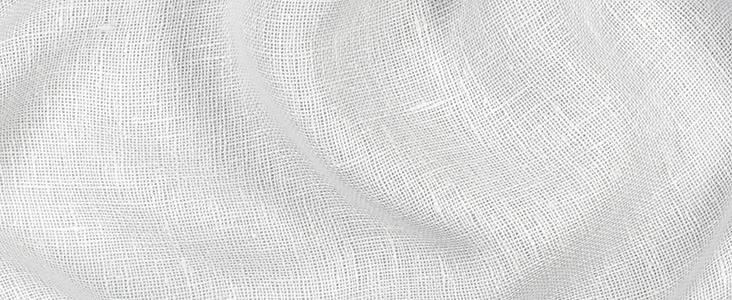
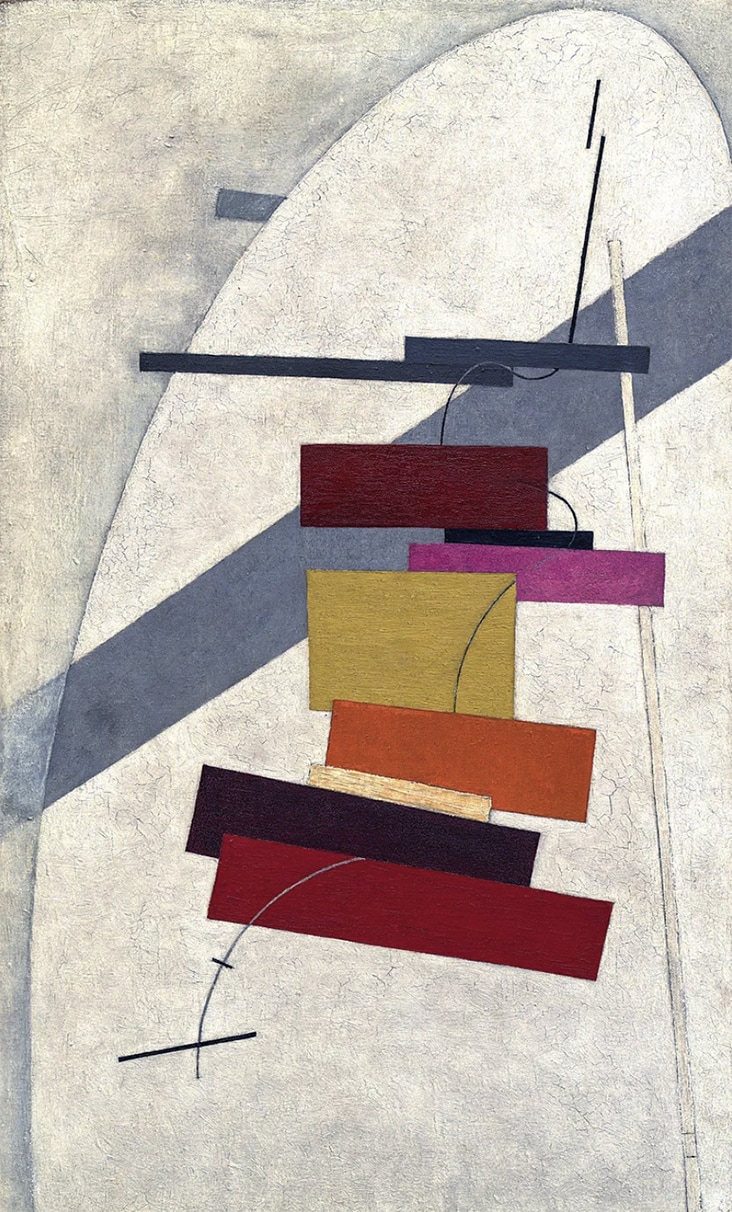
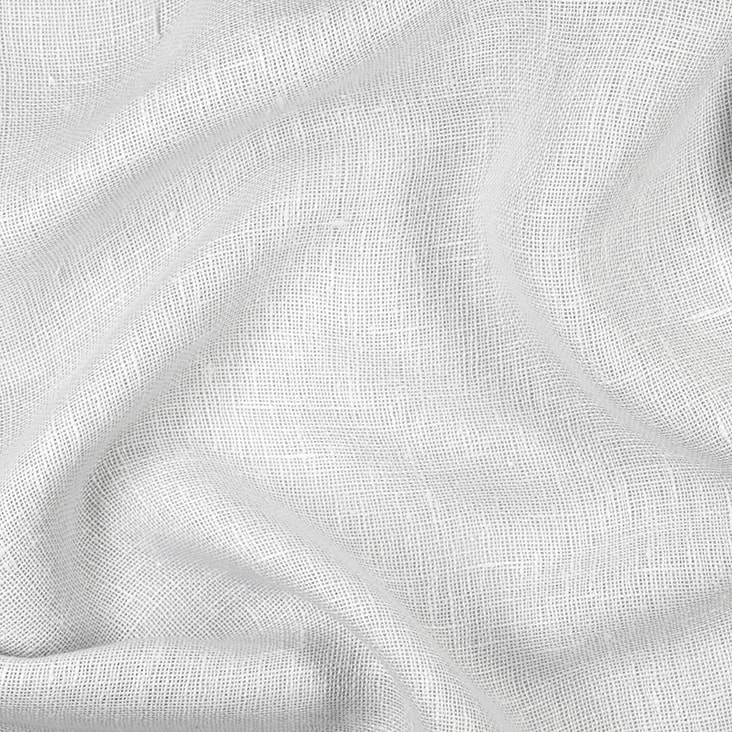
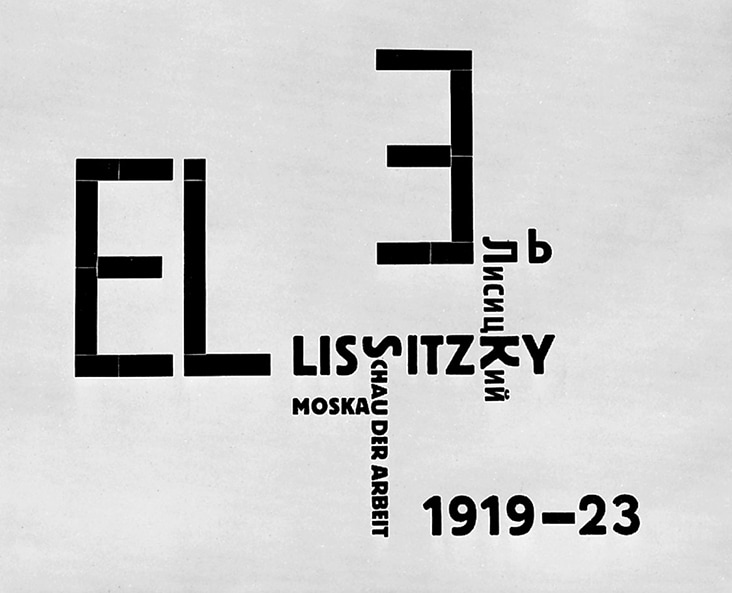
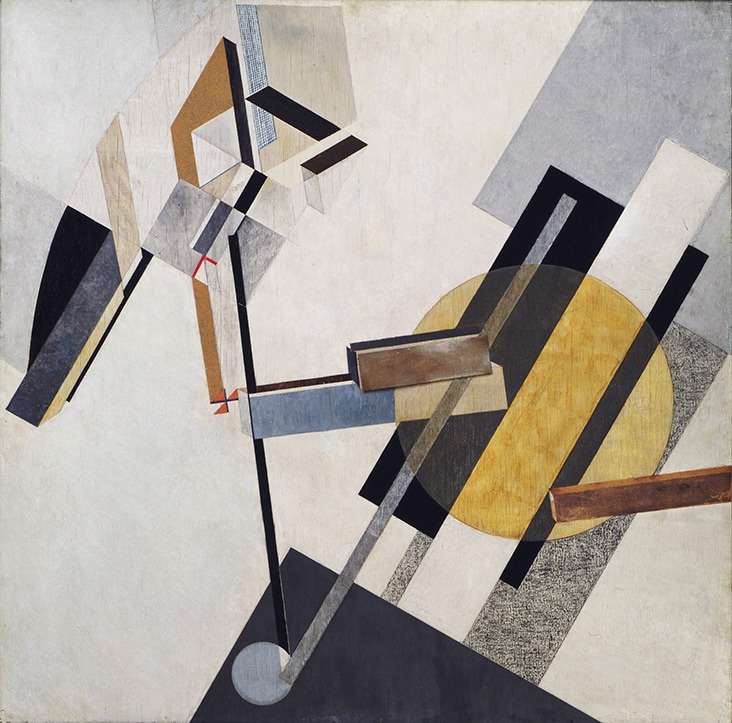














































Leave a comment